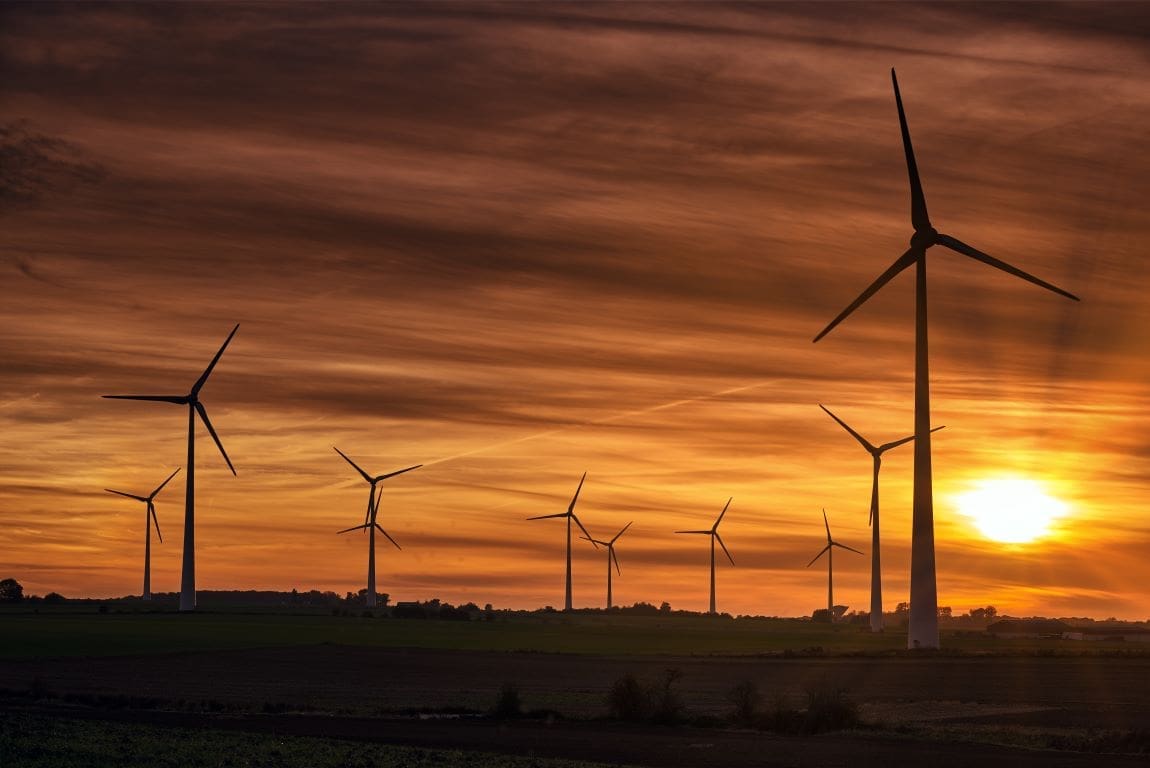A new phase of work on one of the most important items currently on the global climate change agenda – setting a new goal on climate finance by the end of 2024 – got underway last week in Cartagena, Colombia.
Nearly 300 people, representing a mix of Parties and non-Party stakeholders, took part in the ninth technical expert dialogue (TED9) and the first meeting under the ad hoc work programme on the new collective quantified goal on climate finance (NCQG).
The meeting marked a significant shift in the mode of work – from the technical to the political – to enable the development of a draft negotiating text for consideration at the COP29 UN Climate Change Conference in November.
“A successful outcome on the new finance goal will be crucial to the overall success of COP29, but most significantly, it will set the course for the transformational change required to mobilize and deliver finance in a way that addresses the needs and priorities of developing countries,” said Daniele Violetti, Senior Director of Programmes Coordination at UN Climate Change.
From billions to trillions
In 2009, developed countries agreed to mobilize USD 100 billion annually by 2020 to support climate action in developing countries. In 2015, under the Paris Agreement, Parties agreed to extend this goal out to 2025 and to set a new finance goal, from a floor of USD 100 billion per year, for after 2025 taking into account the needs and priorities of developing countries.
The scale of finance needed is significant – global models from the most authoritative institutions all converge in the range of trillions annually. The first Needs Determination Report of the Standing Committee on Finance in 2021 shows nearly USD 6 trillion is needed to implement developing countries’ climate action plans by 2030, and this does not fully cost for adaptation.
“A quantum leap this year in climate finance is both essential and entirely achievable,” said UN Climate Change Executive Secretary Simon Stiell in a recent speech. “Every day, finance ministers, CEOs, investors, and development bankers direct trillions of dollars. It’s time to shift those dollars from the energy and infrastructure of the past, towards that of a cleaner, more resilient future. And to ensure that the poorest and most vulnerable countries benefit.”
Developing a new finance goal
The process of establishing the new finance goal was initiated at COP26 in 2021, where Parties established an ad hoc work programme, including a series of technical discussions to run until the end of 2024. The dialogues that have taken place so far have focused on some of the most critical technical aspects of the NCQG, including its time frame, structure, amount, the mobilization and provision of various financial sources, quality, and transparency arrangements.
At COP28 in Dubai, Parties decided to transition to a mode of work that enables the development of a draft negotiating text in time for COP29. At least three TEDs will be held this year to allow in-depth discussion on the elements of the NCQG, as well as at least three meetings held back-to-back with the TEDs where Parties can craft the framework for a draft negotiating text.
The hallmark of these meetings is their inclusivity. The ad hoc work programme is open to all Parties and stakeholders. Since the beginning of this year, 36 submissions have been received (21 submissions from Parties and 15 from non-Party stakeholders) on the work to be carried out in 2024 and on the focus of discussions at TED9.
What happens next
As outlined in the co-chairs’ 2024 workplan, the technical expert dialogues will continue to allow for in-depth discussions on the elements of the NCQG. TED10 takes place at the Bonn Climate Change Conference in June, and TED11 takes place in the autumn. The dialogues will be informed by the outcomes of the meetings under the ad hoc work programme.
The ad hoc work programme will culminate in October when the co-chairs include in their annual report the substantive framework for a draft negotiating text for consideration at COP29.
(More information: UN Climate Change – Press Release; Featured image credits: wirestock – Freepik.com)




